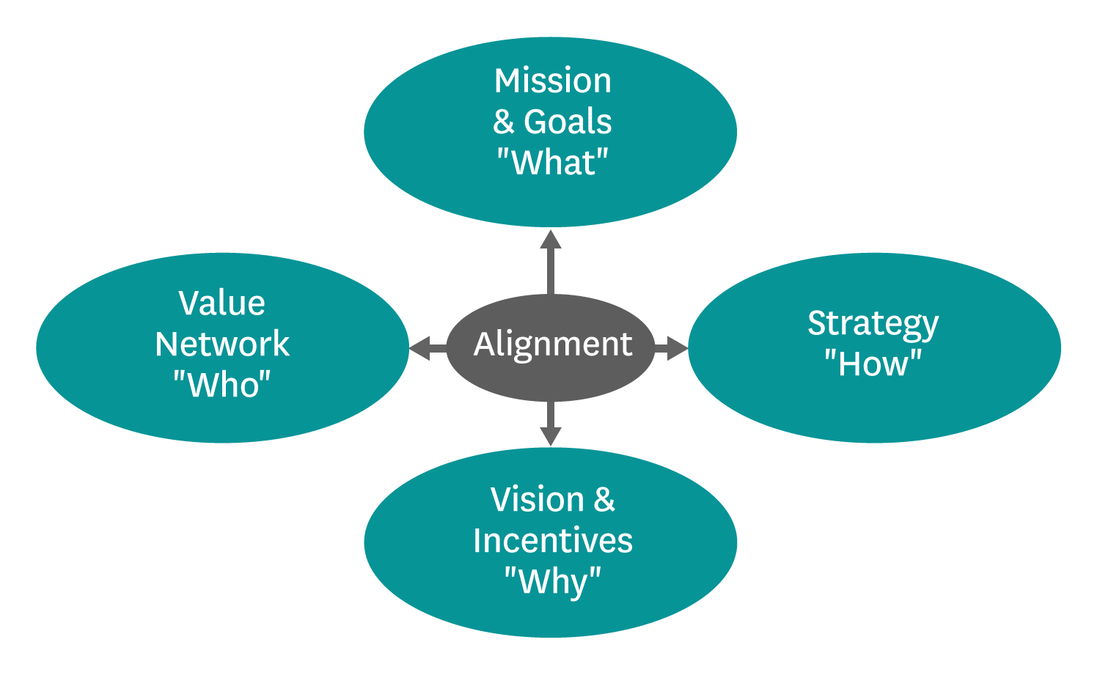|
How many of your employees understand your vision and strategy, and how many of them are on board?
Getting your people excited about and supportive of your vision means providing a clear picture of where your organisation wants to get to, and what it will look like when it gets there, it means sharing your passion, being transparent about the risks and challenges that may be involved and how you will support your people through this, and most importantly, it is explaining why you believe in your strategy and the successful realisation of your dream. Communicate your vision: Do place the key vision statement in the office, boardroom, in emails, and within your social spaces, because this keeps the goal fresh in mind when the day-to-day business can too easily distract from what all the work is happening for, but know that getting people on board requires more than this. For people to really understand what you are striving for, and how you are going to achieve this, they need to what success actually looks like, what it means for them, and they need to understand the strategy and collaborate in working towards this objective with you. Define what success looks like: how will you all know when success is attained, how will all your employees know, and how will it evidence as a success for everyone involved in the effort of creation? Align individual successes with the global vision of success: When you align the meaning of success, at the company level, with the meaning of success for each individual, in relation to their own goals, you cultivate an environment of motivated and actively committed people, who are invested in your success. Make your strategy simple: You want everyone to understand the key elements of your strategy. When the plan is simple, easy to understand, and leaves no room for interpretation, this allows everyone to clearly recognise how their role will contribute to implementing and supporting your strategy, fueling a sense of meaning and purpose in their role, and enabling them to make clear distinctions on what are the priorities for their department and where to ensure alignment with other departments. Make it Measurable: a sound strategy has measurable goalposts so that advancement towards your objective can be monitored along the way. This gives everyone a clear feeling of progress when things are going well. When obstacles do occur and cause a detour from the strategy, or when putting out the daily fires of business-as-usual starts taking over, when the strategy is clear, people are able to quickly identify the detour, the need to let some things go, increase resources or make adaptions, and bring everyone back into alignment with the strategy quickly. Get your people involved: when you invite input, you incorporate your people, so they are no longer just building your vision, they are building their vision, and as a result, they are more likely to have a stronger active interest in the collective success. When you invite input, your people are more likely to give time to brainstorming ideas to help identify how to align your strategy through the business levels, offering the potential for possibilities that you may not have considered, and sharing perspectives from angles you may not have access to because your company is just too large. Facilitate Alignment: Too often departments are working to their own agenda, pursuing departmental ideas that they believe will contribute to the global vision, but due to misalignment with other departments, who are working on their own ideas to support the global vision, time is lost, conflicts occur, bottlenecks happen, and the system is simply not as efficient as it could be, and often a source of frustration for many team members, sometimes leading to loss of skilled and valuable employees. Making time to invite people to co-create the process of strategy alignment creates a platform for improved communication and collaboration, a positive working environment, increased feelings of possibility, and improved overall efficiency so that your company works like a polished Rolls Royce engine where all parts and in synch with each other. How can a coaching psychologist facilitate this process for you? Step One: Working with the CEO and senior leaders to identify how the vision is clearly communicated, facilitating the creation of a clear, simple, and measurable strategy, and identification who needs to be involved in co-creating and maintaining the alignment of the strategy throughout the company. Step Two: Coaching your senior leaders and managers on solutions to align and integrate your strategy. This may involve, co-creating a strategy alignment team to work cross-departmentally, and improving management and leadership capabilities, including communicating clear expectations on performance, regularly updating on priorities and goals, inviting direct reports to demonstrate how what they do contributes to the strategy, coaching skills to drive a culture of individuals who take ownership of their role and responsibilities, active listening skills, effective delegation skills, and improvement of organisation and time management. In addition, psycho-education is offered to support psychological well-being, emotional regulation and work-life balance matters, to support the wellness of your people, and to ensure your valuable people stay with you, through the personal and business challenges, to share in realising your collective stories of success.
0 Comments
Leave a Reply. |
Follow me on Instagram
Archives
February 2024
|
Copyright Antonia Behan 2024. All rights reserved.
Based in Gibraltar and Spain
Sotogrande 11310, San Roque, Cadiz, Spain
Grand Ocean Plaza, Ocean Village, Gibraltar GX11 1AA
Based in Gibraltar and Spain
Sotogrande 11310, San Roque, Cadiz, Spain
Grand Ocean Plaza, Ocean Village, Gibraltar GX11 1AA



 RSS Feed
RSS Feed